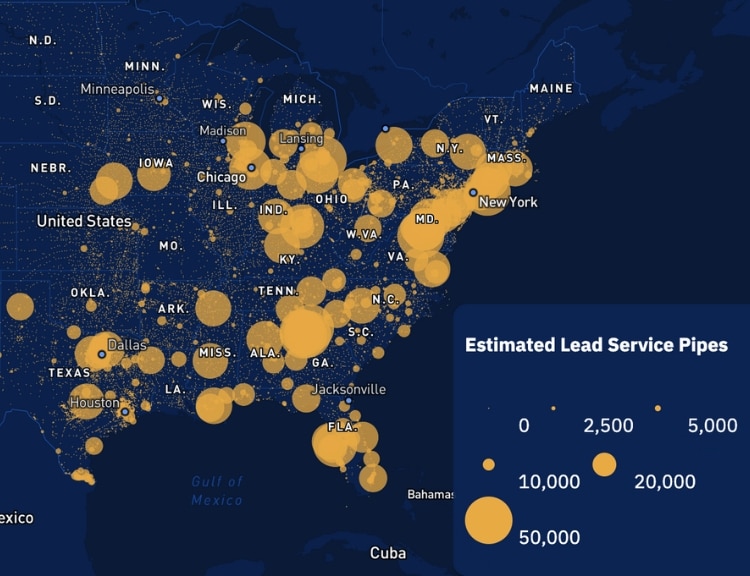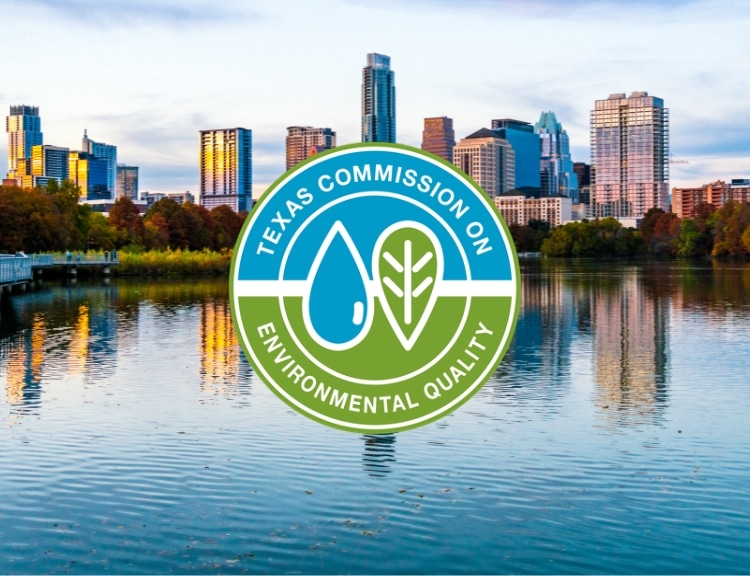Editor’s note: BlueConduit recently hosted a webinar around state-specific LSLI compliance and the upcoming inventory submission deadline of Oct. 16. In this series, we detail some of the questions we received.
Why would states wait on the LCRI to decide whether or not to use predictive modeling?
The EPA’s guidance for LCRR includes predictive modeling and statistical analysis as acceptable methods for service line classification in your inventory. While the EPA does provide some specifics on what to look for in predictive models, they left it up to the individual states to decide what is specifically needed for inventory submission and how those specifics are achieved.
For most water systems in the US, the use of predictive modeling can be used to help classify materials in the service line inventory for their state regulator. However, there are a few states that are still in the process of determining whether or not they will allow the use of predictive modeling for LCRR material classification for inventory purposes. Why is this?
While we can’t speak for those state regulators, we can offer some ideas based on our conversations with them and other regulators as to why they are hesitant to allow predictive modeling for inventory classification. One thought is that they are waiting for the LCRI to come out with more specific guidance around non-lead classification. Regardless, the current hesitation to accept predictive modeling unfortunately puts the burden on the water system to physically verify all unknowns in their inventory in the coming years.
Because there is a lot of work still to be done post-October as it relates to customer communication and risk management for unknowns, we’re continuing to work with these states to better clarify guidance for the use of predictive modeling for unknown management and replacement planning when the final LCRI is released, if not sooner.
If you are looking to use predictive modeling for your inventory classification, BlueConduit can help. Contact us to learn more.






